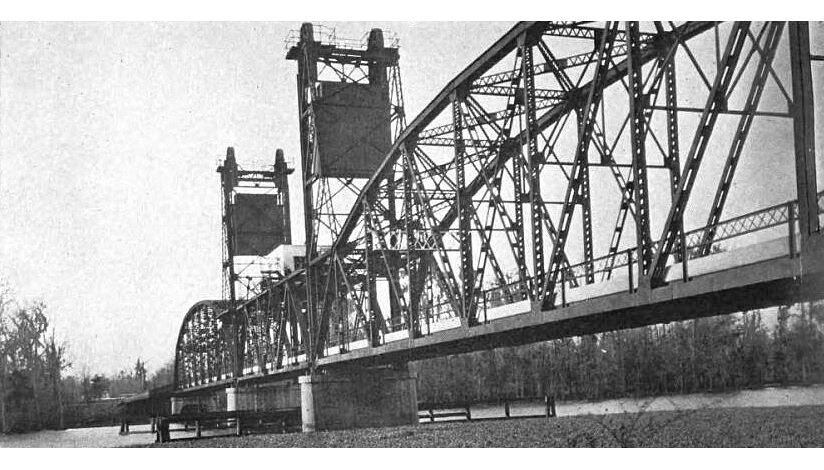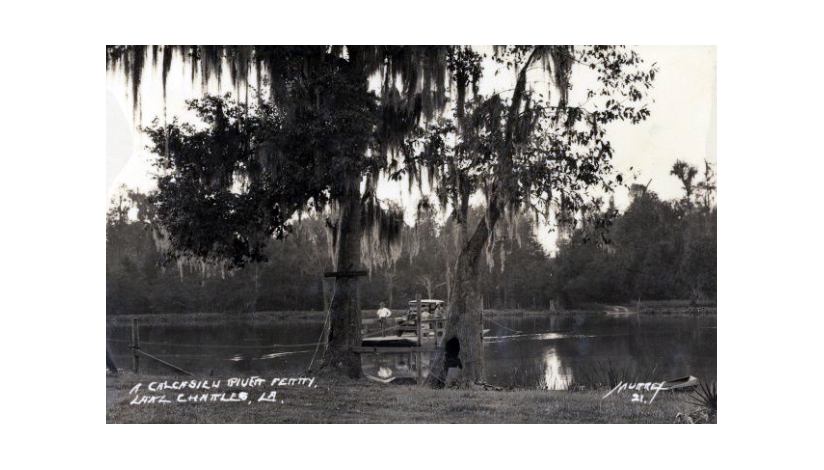
MOSS BLUFF – THE STORY SO FAR…
In the early 1800s, one Mr. Henry Moss and one Mr. John Ryan, along with their families, began a voyage of exploration that would lead them from Lafayette to the Lake Charles region where they settled by the Calcasieu River. A generation later, and Henry\’s son, Johnson Moss, purchased over 2000 acres in the area that would become known as Moss Bluff. The early settlers were a mixture of mostly farmers and lumber workers.
In 1843, Johnson Moss became the first sheriff of the old Imperial Calcasieu Parish. He also occupied many other civic roles, from tax assessor through to jailer. The area was still quite remote and unpopulated, prompting Johnson Moss to establish two ferryboat services in an attempt to make the small settlement more accessible. A bridge was finally built in 1924 that helped link Moss Bluff to Lake Charles, though ferryboats still continued to play a role in the transport infrastructure of the area for many years after.
Despite efforts over the years to incorporate Moss Bluff into its larger neighbors, Lake Charles and Westlake, the community has remained fiercely independent and opposed such moves. When the Lake Charles Fire Department and Chennault Fire Brigade withdrew coverage from the Moss Bluff area in 1964, the resourceful citizens simply set up their own volunteer fire service.
Today, Moss Bluff is a thriving community with a population of almost 14,000 people. It has several excellent schools, a host of churches and boasts a growing array of stores and businesses.
Without doubt, the greatest local attraction is Sam Houston Jones State Park. Spread over a thousand acres, the park houses an enchanting collection of flora and wildlife that inhabit its water woven expanses.

OLD MOSS BLUFF BRIDGE
SAM HOUSTON JONES STATE PARK

